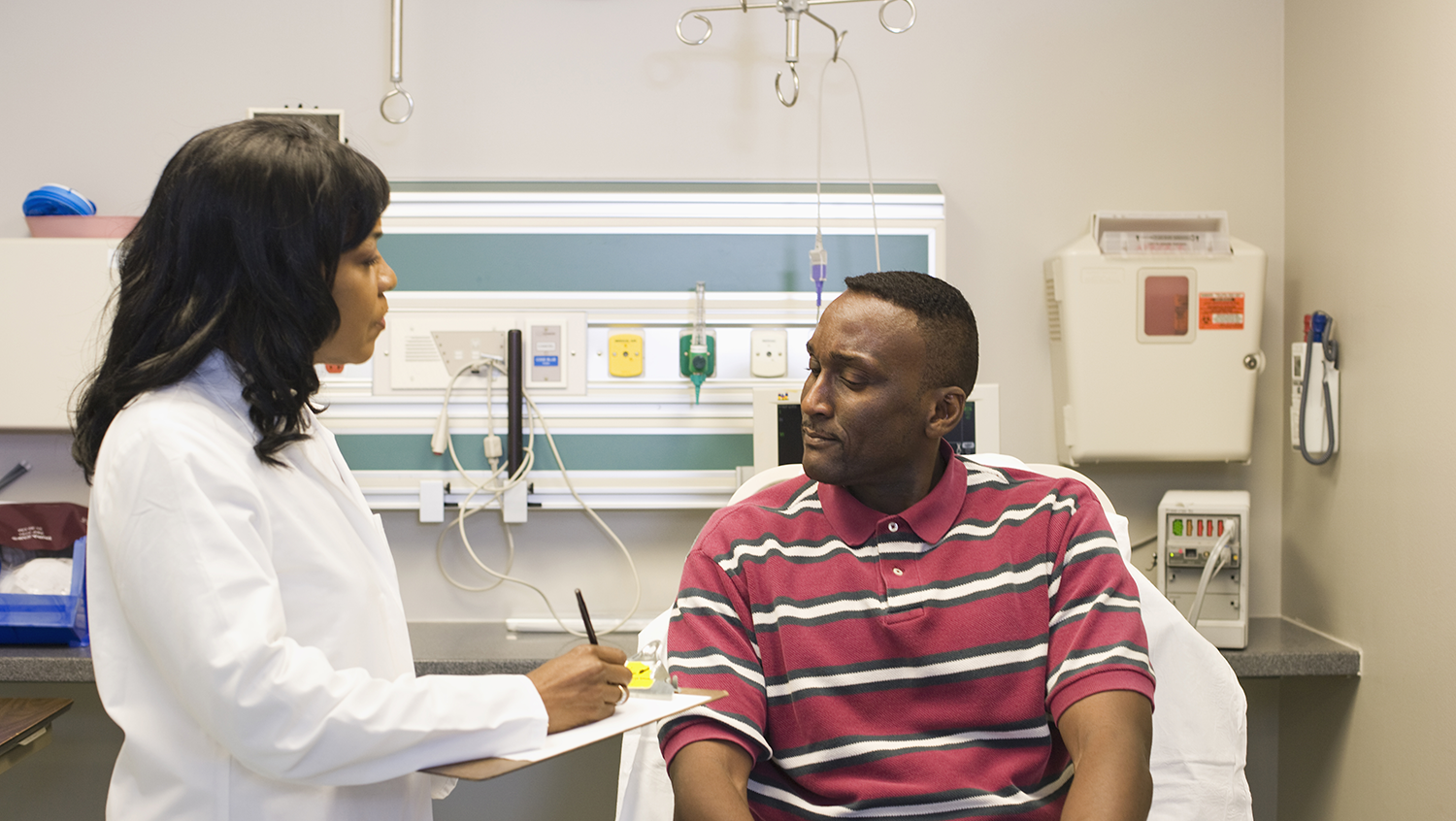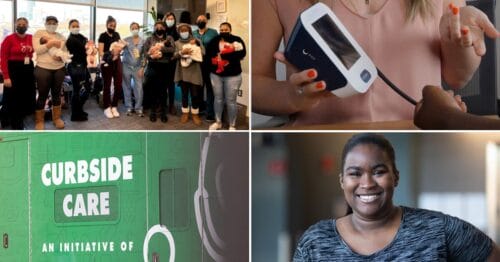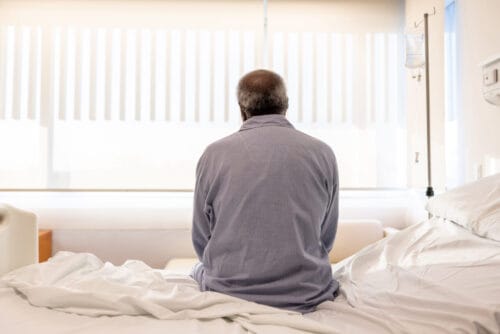Reducing Racial Disparities in Living Donor Kidney Donation
April 14, 2022

ER Productions Limited, Getty Images
How BMC is addressing the gap of living donor kidney transplantation amongst Black Americans.
The benefits of living donor kidney transplantation (LDKT) are well-documented. Individuals with end stage renal disease (ESRD) who receive a kidney from a living donor spend less time waiting for an organ, and live organs that are transplanted last longer than organs from deceased donors. In addition, researchers have found that living donation is good for donors, with 96% of living donors reporting they would donate again if given the opportunity.
Despite an uptick in living organ donation in recent years, LDKT still lags within certain racial groups. In 2020, only 16.4 percent of kidney transplants in Black patients were from living donors, compared to 31.1 percent in Latinx patients and 33.4 percent in white patients.
Jeffrey Cooper, MD, BMC’s new chief of the Division of Transplant Surgery, is committed to addressing the biological and cultural factors that contribute to these racial disparities. Cooper’s perspective is shaped by having practiced for over 30 years as a surgeon and researcher and serving for six years as a member of the ethics committee at United Network for Organ Sharing (UNOS).
Biological barriers to living donor kidney transplant among Black Americans
In 2010, the APOL1 gene was discovered to cause higher rates of chronic kidney disease (CKD) in individuals of African descent than in individuals of other races. The implication of this genetic susceptibility to kidney failure is twofold: African Americans are simultaneously more likely to need a kidney and less likely to be able to donate one.
Beyond genetics, there are lifestyle factors that contribute as well. “Over the last 100 years, the average stamp of America has changed with diet, work, and lack of exercise,” says Cooper. “One of the side effects is that it’s harder to find healthy donors, particularly within the Black community where we see higher rates of diabetes, high blood pressure, and obesity.”
Societal causes for low rates of Black living kidney donors
Just as Organ Procurement Organizations (OPOs) struggle with procuring kidneys from Black deceased donors, so are kidney transplant programs challenged in securing Black living donors. “People of color are sometimes suspicious of the medical system, especially organ transplantation,” explains Cooper. “It’s a tough conversation to have with Black families who have been left out of the healthcare system for a variety of reasons and demonstrate low health literacy. Their beliefs and concerns are completely reasonable.”
Social determinants of health (SDOH) such as financial wellness and housing security disproportionately affect communities of color in a negative way and are another factor that can preclude Black Americans from becoming living donors. For example, a well-intentioned potential donor of limited means may not be able to afford taking off of work to recover post-transplant.
BMC poised to make a difference
As bleak as the facts may seem, Cooper remains optimistic. Since arriving at BMC in November of 2021, he has been working with his team on these and other initiatives to help close the gap for patients:
- Patient-provider communication. “We need to check our own biases. It’s harder to find living donors within communities of color, but it’s not impossible,” says Cooper. “We need to encourage patients to reach beyond family and tap into all of the different communities they are a part of — such as their school, church, and neighborhood.”
- Patient education and empowerment. Cooper is having his team rewrite the living donor application and other materials so patients and their families can easily understand living donation and its associated costs, dispel myths, and learn how to assign a “donor champion.”
- Partnership with primary care. Cooper has already seen too many young patients come through BMC with advanced, untreated kidney disease. He plans to work with BMC’s emergency and primary care departments to offer screening events.
- Community outreach. In his experience, Cooper has found it effective for transplant coordinators to talk directly to people on dialysis. “There is a general sense of hopelessness at dialysis centers. By talking to patients about the real possibility of living donation, we offer them a path to hope.”
Cooper believes taking these steps will help living donation become a more viable option for all his patients at BMC, giving them a better chance for a healthier future. “We are clinicians, and we are here to give our patients the best quality of healthcare they can get anywhere.”
To read about the racial gap in kidney donors, read the HealthCity article, “Why Is There a Gap in Kidney Donation Among People of Color?”
If you’re interested in becoming a kidney donor, more information can be found here on Boston Medical Center’s website.


